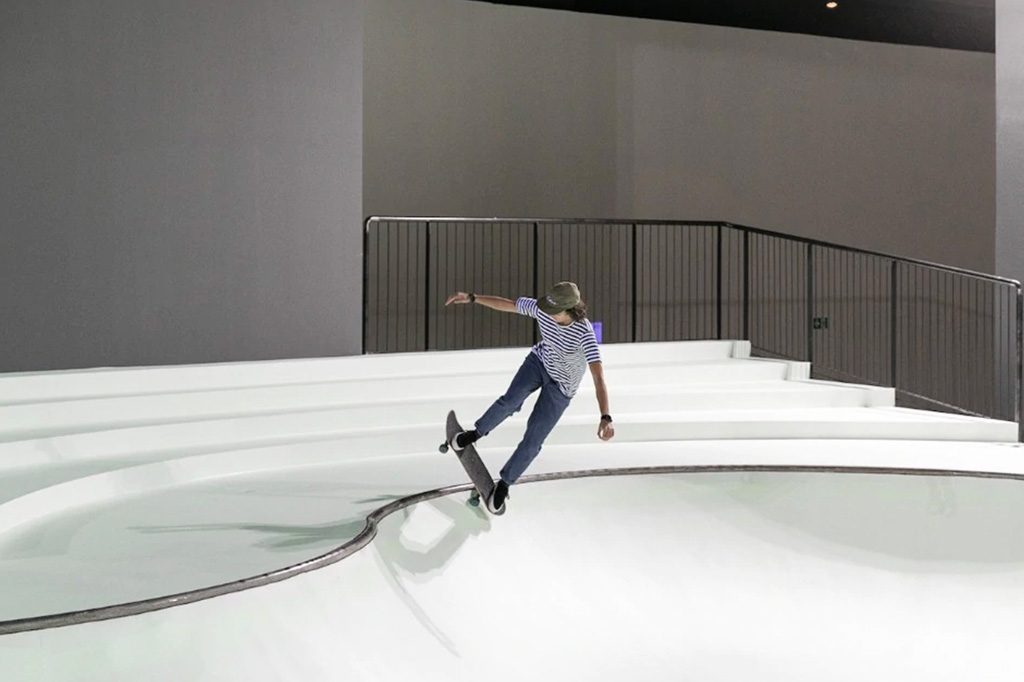What does it take to design an amazing skatepark? It might seem as simple as putting together a couple of bowls and ramps, but in fact, it requires an incredible amount of preparation and effort. We have selected a few unusual skateparks that are a pleasure to use – and to watch.
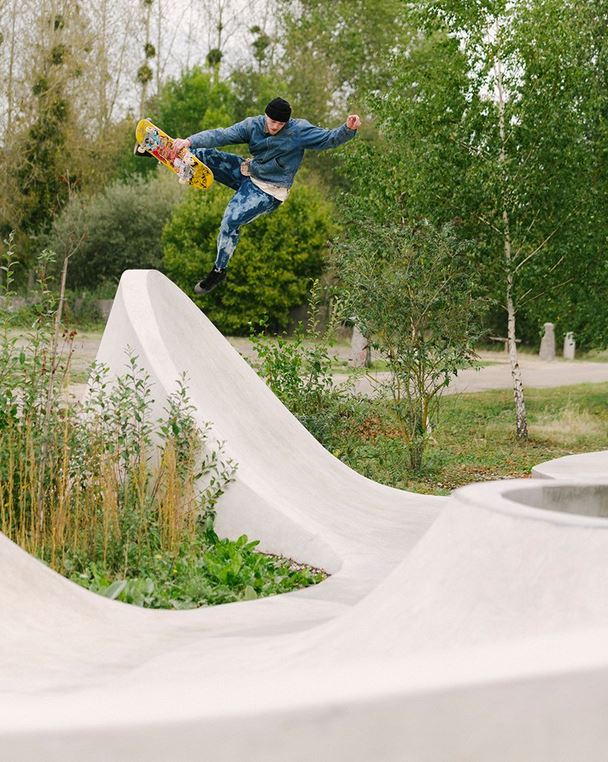
Skatepark Continua by MBL Architectes and Bureau David Apheceix
When commissioned to transform a former industrial site in Boissy-Le-Châtel, France, into a contemporary art venue for Galleria Continua, Paris-based MBL Architectes and Bureau David Apheceix have drawn inspiration from the fluidity of the first skateparks in the 70s. Named Skatepark Continua, the project comprises continuous concrete strips stretching along the old railway tracks that cross the industrial site and meandering through the existing vegetation. The skatepark appears immersed in the surrounding lime trees, poplars, birches, and buddleias, while connecting buildings and residues of fallen down constructions on the distended site.
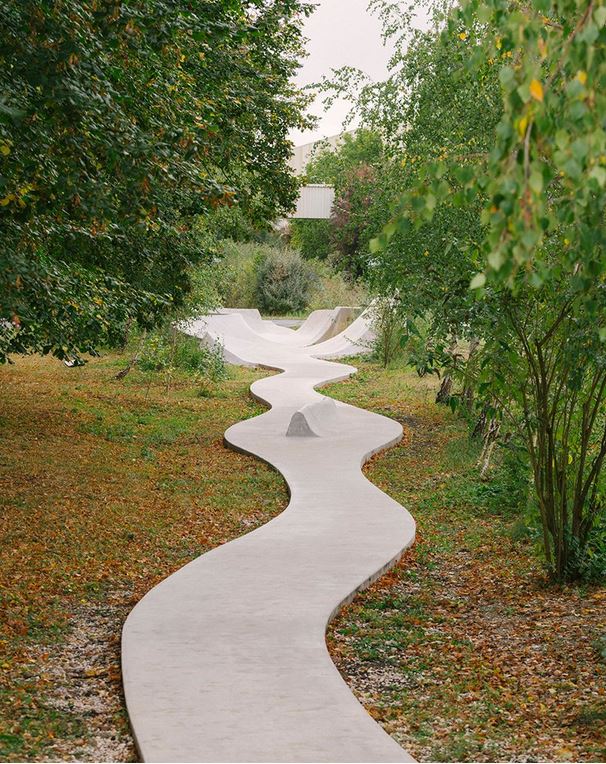
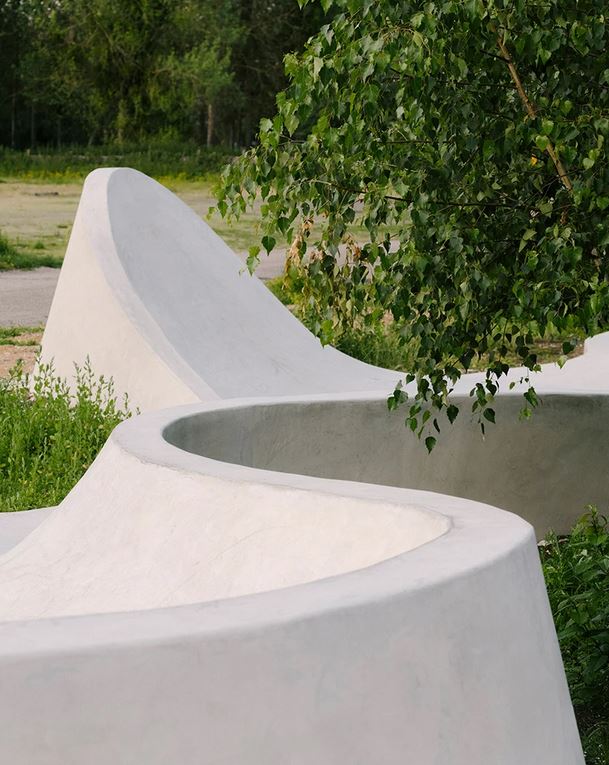
Skatepark Continua by MBL Architectes and Bureau David Apheceix
The construction of the project explores the possibilities of wet concrete. On the site itself, metal frames were assembled and welded. Fresh concrete was sprayed directly onto metal reinforcement, then pulled and smoothed to the desired shapes before it set. According to the architects, the construction site was conducted in the manner of a performance that celebrated the encounter of a project and a site.
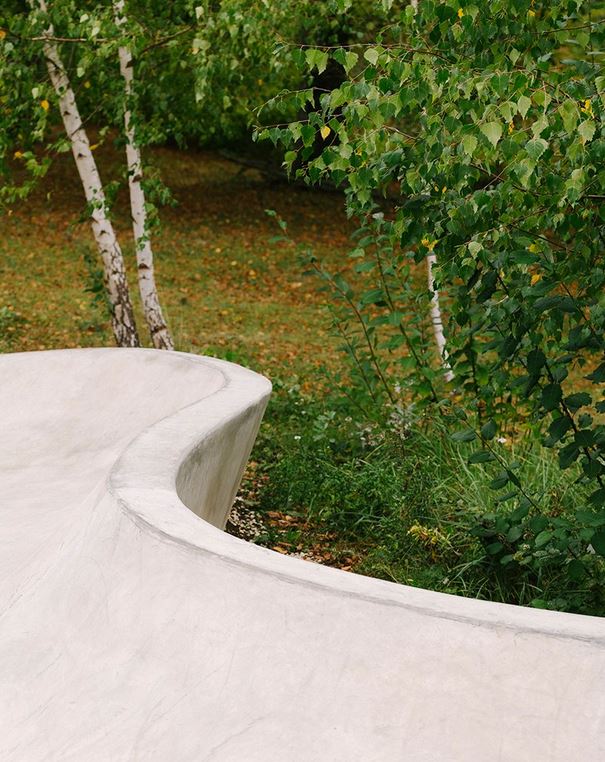
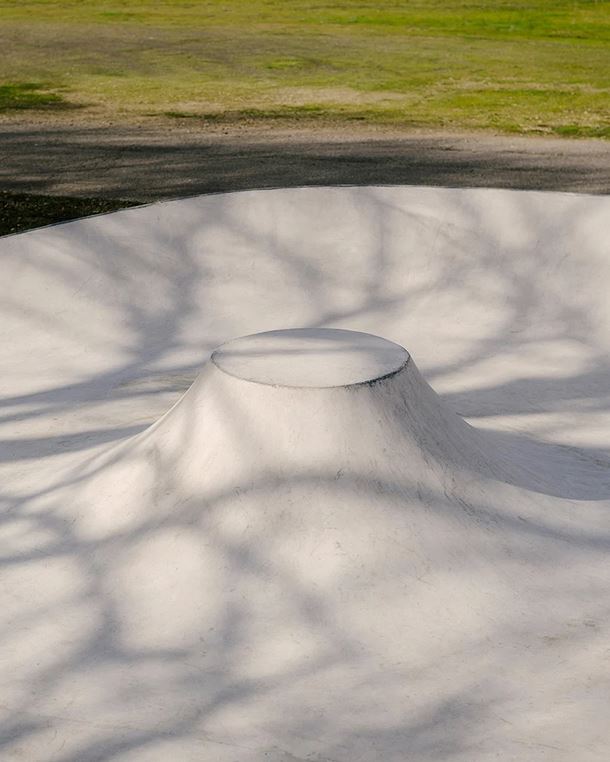
Skatepark Continua by MBL Architectes and Bureau David Apheceix
The project seeks to attract new audience to the premises of the gallery that is not familiar with contemporary art through generating a sort of “public life” and offer a gathering space to nearby residents. The architects believe that being a meeting point for people of diverse ages and a playground for the practice of all sorts of rolling sports, skateparks build temporary communities, as well as lasting friendships.
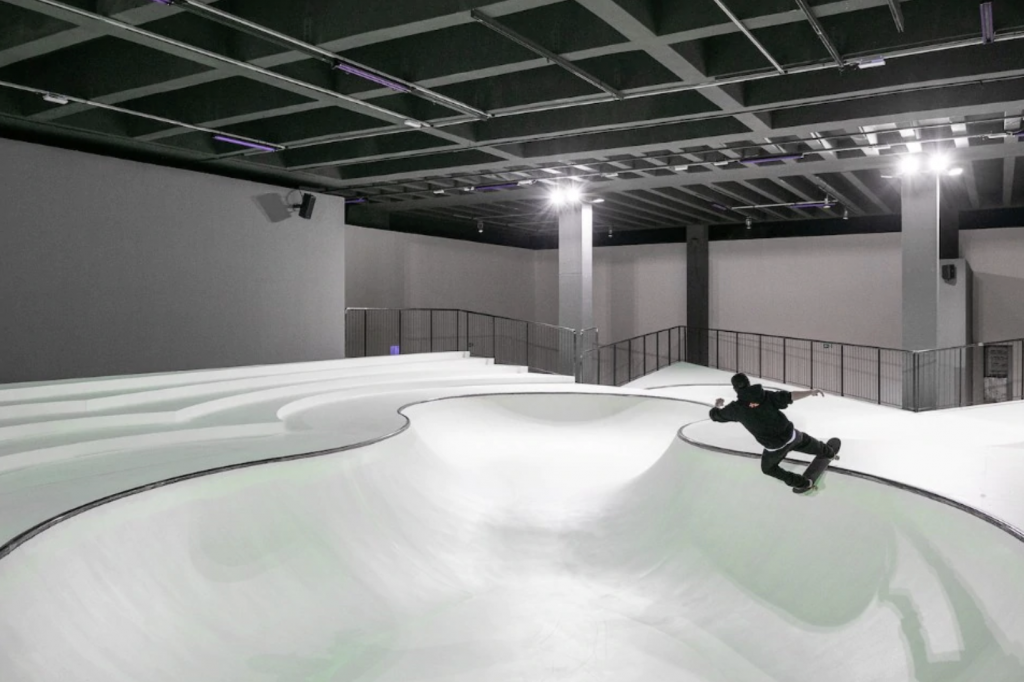
OooOoO installation by Koo Jeon (also header image)
Back in 2019, South Korean artist Koo Jeon has designed an installation comprising a luminescent skatepark for Milan’s design museum with the same purpose – hoping to attract a different kind of visitor to the arts institution.
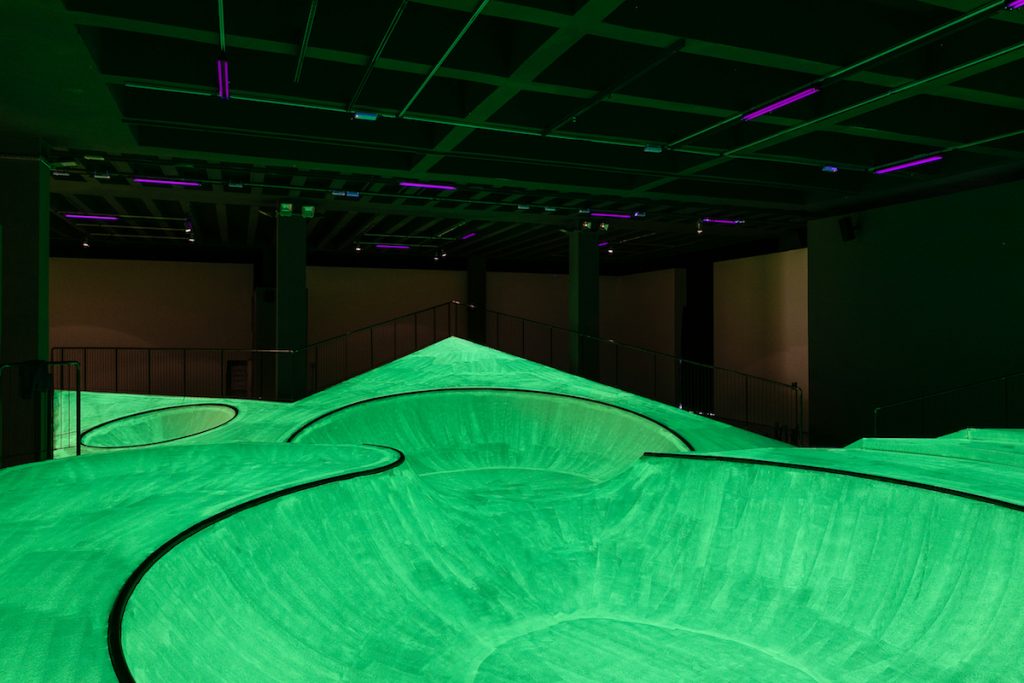

OooOoO installation by Koo Jeon
La Triennale di Milano’s skatepark, complete with ramps and skate bowl, occupied the ground floor of the museum and was free to members of the public. Titled OooOoO the project included white ramps and steps edged with black glowing luminous green beneath UV lights, thus reinventing the entire space.
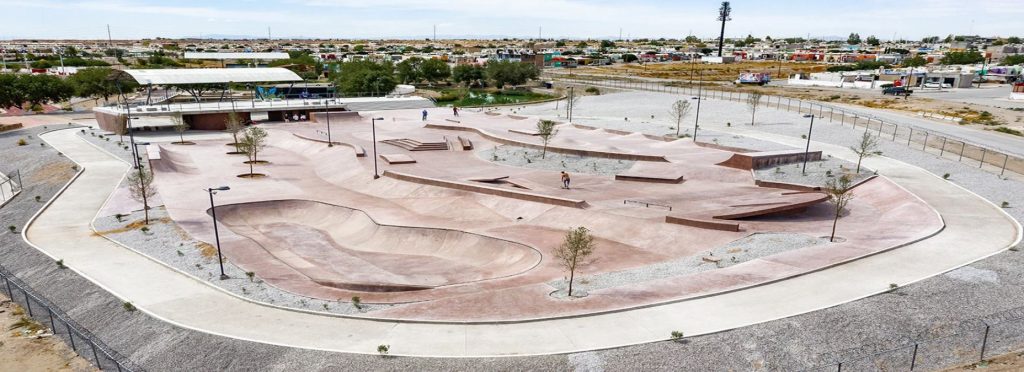
La Duna skatepark by Valia Wright Sánchez, Eduardo Peón and Francisco Elías
La Duna skatepark on the northern border of Mexico has been designed by UNAM facultad de arquitectura and landscape architects Valia Wright Sánchez and Eduardo Peón in collaboration with architect Francisco Elías of Elías Group as part of a governmental urban improvement program to expand marginalized neighborhoods.

La Duna skatepark by Valia Wright Sánchez, Eduardo Peón and Francisco Elías
With its curved organic shapes, the design is intended to evoke the nearby Samalayuca fields in Chihuahua. The high-tech concrete has been selected as the main construction material not only because it helps achieve a smooth and continuous surface perfect for skateboarding but also because of its dusty pink colour that integrates with the sand that surrounds this area of the city and can be found on the site.

La Duna skatepark by Valia Wright Sánchez, Eduardo Peón and Francisco Elías
The skatepark itself is divided into three sections, each one dedicated to the practice of various skateboarding modalities. The area for beginners in this sport also includes an amphitheater where parents can rest while children practice in the obstacles. On the perimeter, the extension of the bike path connects this space with the entire park and parking areas, integrating the dune into the natural route of this recreational space.
In addition to the skateboarding facilities, the project encompasses a skating rink, classrooms for workshops, and an administration building that features a viewpoint offering views of the cityscape. It is also intended as a multipurpose space for events and an observatory for the skating activities below.
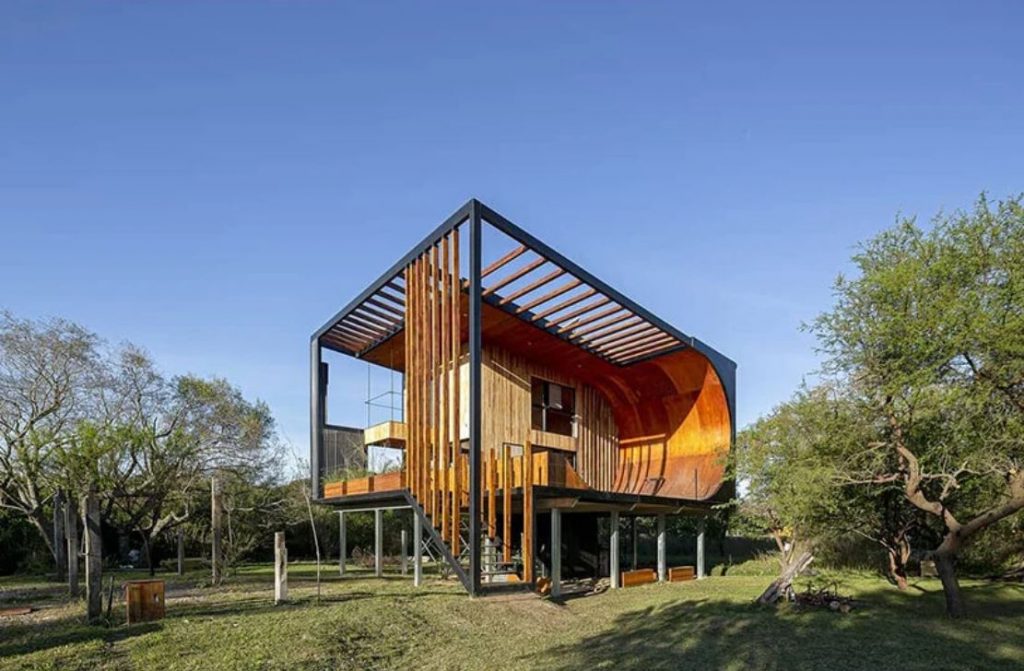
Sustainable Skatehouse by Macu Bulgubure
The project by architect Macu Bulgubure is not exactly a skatepark but it surely deserves to be a part of this selection. It is a sustainable house in Rosario, Argentina, that integrates a training ramp into its exterior design.

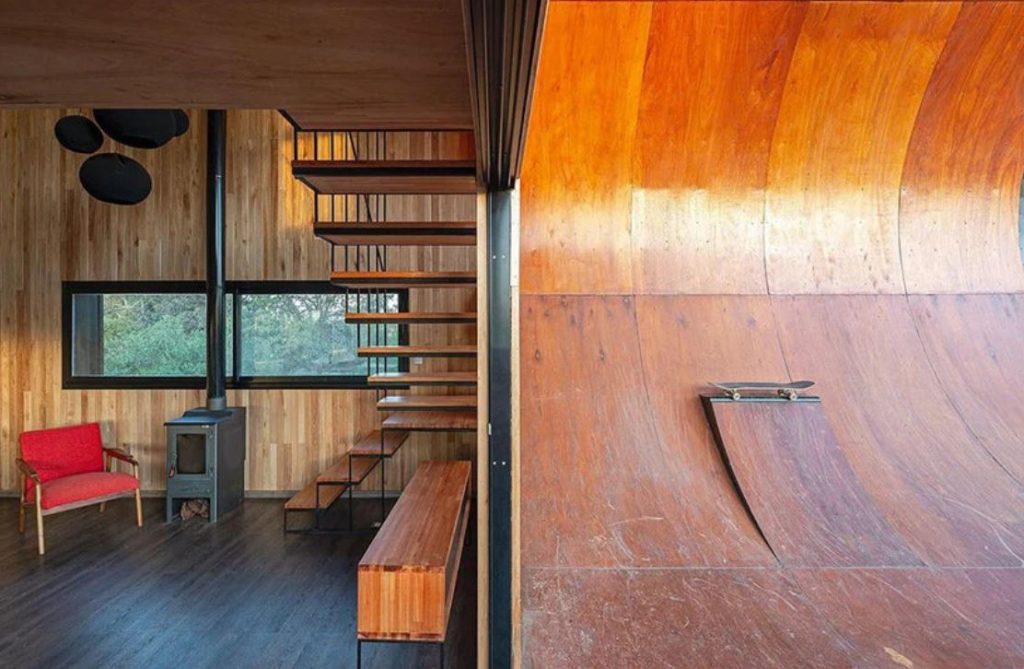
Sustainable Skatehouse by Macu Bulgubure
Commissioned by a skater who wanted to practice in the comfort of his family dwelling, the residence features an outer wooden deck that turns into a skateboard ramp, not unlike a curved wooden sculpture when seen from afar, and then continues as a canopy protecting the interior from the intense sunlight. To connect the house’s indoor and outdoor spaces, the architect also used wood for interior finishes. The building has two storeys: a living area and a spacious kitchen are accommodated on the ground floor, while sleeping areas and a bathroom are situated on the upper level.
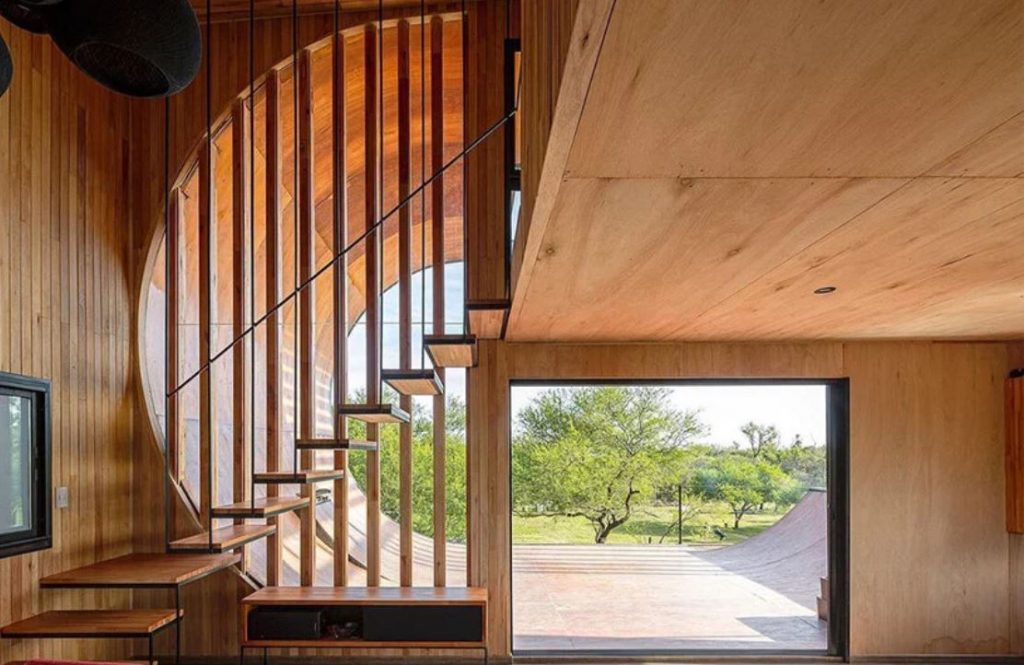
Sustainable Skatehouse by Macu Bulgubure
The skatehouse is designed to be 100% sustainable. Electricityis generated by solar panels, the water comes from the river and rain-harvesting system, while the hot water is produced in a solar heater tank. To protect the structure from the floods that are frequent in the region, the architect has used wooden beams to slightly lift it off the ground.
